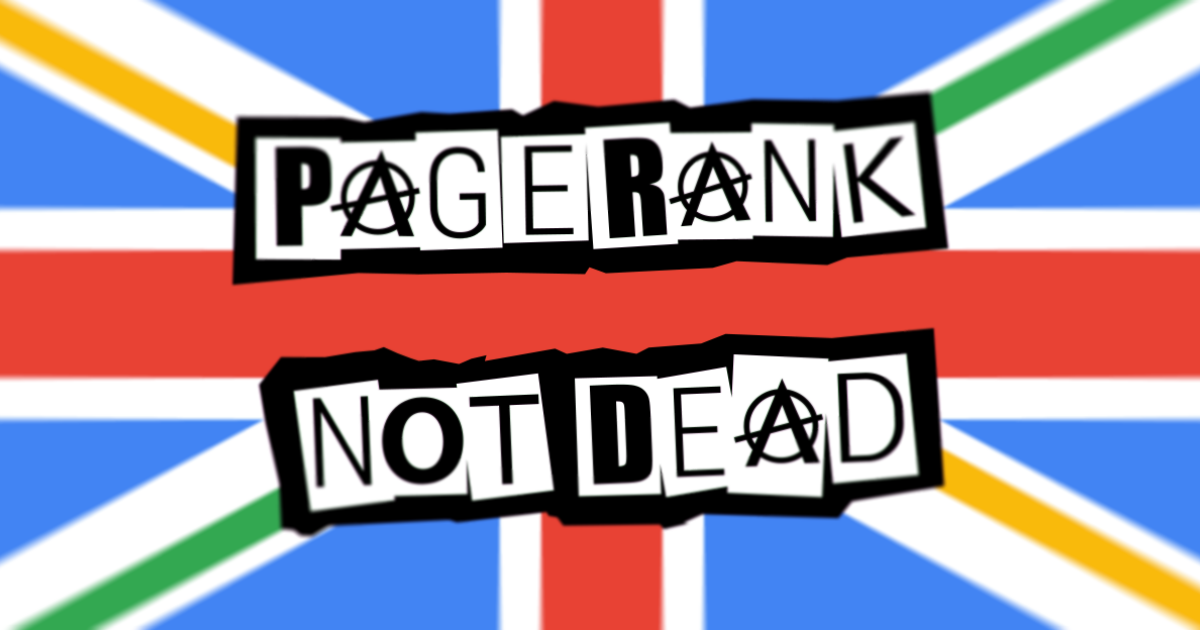
The last official public PageRank update happened in December 2013, so should we ignore this? Well maybe no. Search Engine land has posted a guide to Page Rank and says we should all still consider it.
In October 2014, Google’s John Mueller confirmed what we’d long suspected – that Google Toolbar PageRank was officially dead. The final nail in the coffin came two years later when Google removed Toolbar PageRank from its browser. So, understandably, a lot of people roll their eyes when they see “news” about PageRank in 2019. And a lot of people are content to let PageRank remain a relic of the past.
But even though Toolbar PageRank is gone, Google’s Gary Illyes confirmed in 2017 that PageRank* is still a ranking signal (albeit one of hundreds that Google uses).
What is PageRank?
If you had even a passing familiarity with SEO over the past few years, you’ll probably recognize Toolbar PR. Toolbar PR took the more complicated behind-the-scenes PageRank metric and condensed it down into a zero to 10 score that was easy to understand: the higher your number, the better your page.
How to improve PageRank in 2019
Even though we can’t see our PageRank score or measure it directly, there are a few best-practice steps you can take to preserve and increase your PageRank:
Build quality backlinks. Regularly run backlink analysis and make sure the link juice flowing into your site is from high-PageRank pages. As a side note, there’s a common belief among some SEO professionals that some links may not pass PageRank at all – and some may even pass negative PageRank (something close to Spam Rank). The best thing you can do to avoid these problems is just to keep your link profile clean.
Maintain a shallow site structure. You should keep your most important pages as close to your high-PageRank pages as possible. On most websites, this will be your homepage but that may not be the case for sites with internal landing pages that are higher quality and have more external links compared to homepages.
Follow best-practices for links coming out of a page. Carefully consider where links live on a page; links appearing in your content are more valuable than navigational links. And keep the number of links pointing out of each of your pages to other internal and external pages down to a reasonable number.
Tell users where links lead. Using proper anchor text will both help users navigate your content and help your SEO. Just keep it contextual and avoid keyword stuffing. When done organically, placement of relevant keywords in the anchor text tells search engines about your page’s content.
Leverage linkless mentions. As semantic search gets smarter, linkless mentions will probably grow in importance. I’m not saying they’re a ranking signal yet but we have received hints that Google has started considering online brand mentions in its search algorithm.
When you’re seeking new ways to improve your rankings, it helps to consider all the signals we know about and factor those into the decisions you make that improve your website experience – both for users and search engines.
Today, links are still a vitally important part of SEO. If you understand this, you know that many of our industry’s best-practice optimisations have an impact on PageRank. We may not be able to measure it directly but it doesn’t hurt to remember that the PageRank formula is still important in 2019.






